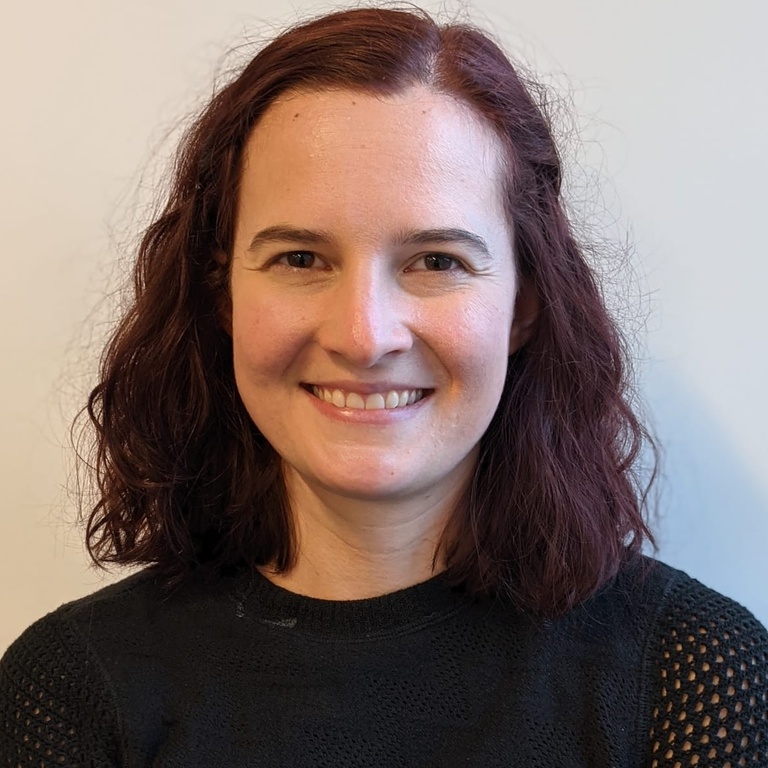Katheryn Rothenberg
Research Overview
Cells receive and transmit mechanical and biochemical information through contacts they make with other cells and the extracellular matrix (ECM). Cells must integrate this information to make decisions about their fate, including differentiation, growth, and migration. When a group of cells migrate collectively, they can create, shape, and repair tissues. Thus, studying how cell adhesions contribute to mechanochemical signaling pathways that drive collective migration can further our understanding of many questions in human health and disease.
Tools and Techniques
We use Drosophila embryos and human cell lines as models for studying cell adhesion and collective cell migration. Proteins of interest are tagged with fluorescent proteins for visualization inside living cells and embryos. We use genetic, pharmacological, and biophysical tools to test the roles of genes and proteins of interest in forming epithelial tissues and contributing to collective migration. To capture dynamic processes from the subcellular-scale to the tissue-scale, we use spinning disk confocal microscopy and time-lapse imaging. Images are analyzed using custom-written code to extract meaningful data about adhesion formation and reinforcement, migration speed, and many other characteristics.
Research Questions
How does the Rap1 GTPase signaling pathway, which plays a role in many metastatic cancers, contribute to collective migration initiation and progression?
How do migrating epithelial cells interact with the ECM in vivo, and how does this differ from our understanding of cell-ECM interactions in culture?
What proteins are important for sensing and interpreting mechanical information at cell adhesions and how is this information integrated with biochemical information to shape cell fate?
Selected images

Above: Stage 14 Drosophila embryos expressing non-muscle myosin II tagged with GFP (green) and the cell adhesion protein DE-cadherin tagged with tdTomato (magenta) undergoing wound closure. The control embryos (left) repair their wounds within about 45 minutes with significant accumulation of myosin II at the leading edge, while embryos expressing a dominant-negative form of the small GTPase Rap1 (right) take significantly longer to heal and are defective in myosin accumulation.

Above: A wounded Drosophila embryo fixed and stained for the cytoskeletal protein F-actin (green), the extracellular matrix protein collagen IV (gray), and the hemocyte marker Serpent (magenta). Collagen IV accumulates at the wound site.

Above: Human epidermoid carcinoma cells (A431) expressing either GFP-tagged F-actin (green) or m-Ruby-tagged E-cadherin (magenta) and migrating collectively to seal a gap in the tissue.
- Cell and developmental biology
- Genetics
